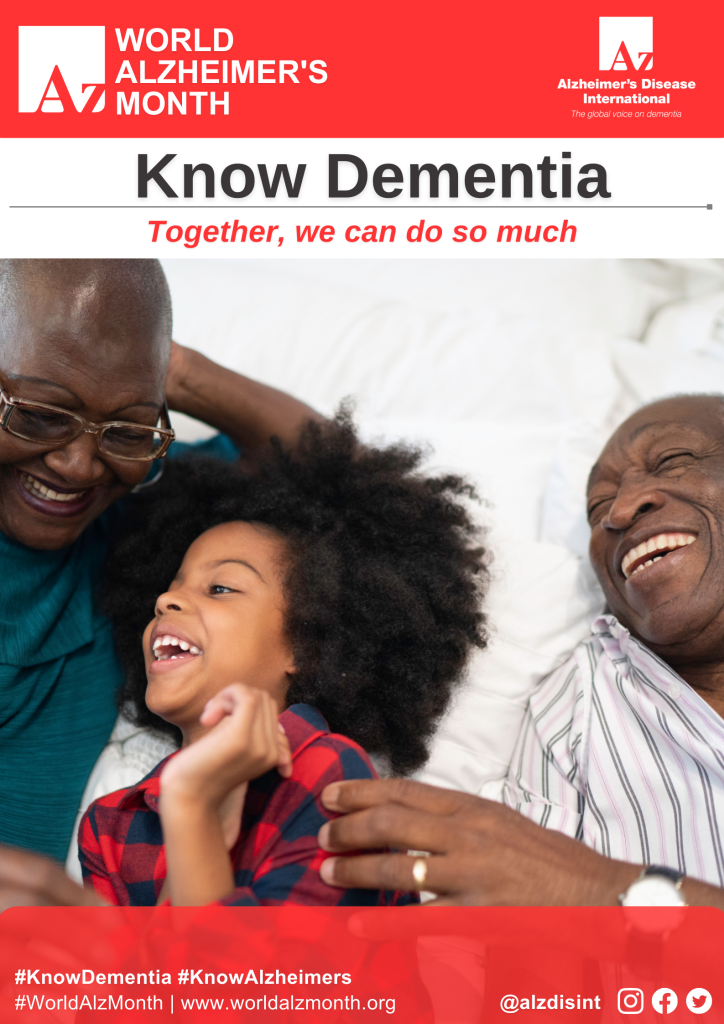Genomic Data Sharing, Case Studies, Challenges, and Opportunities for Precision Medicine, 2023, Pages 71-90
An estimated 50 million people around the world currently live with Alzheimer's disease or other dementias, dementia being a collective term for progressive syndromes that affect various expressions of cognitive function, such as memory and emotional expression. Alzheimer’s disease accounts for the majority of cases (50 to 70%, varying by country, based on Alzheimer’s Disease International and World Health Organization figures).
Diagnosis and Treatment of Traumatic Brain Injury, 2022, Pages 27-38
Plant Extracts in Neurodegenerative Diseases, 2022, Pages 1-15
Exercise to Prevent and Manage Chronic Disease Across the Lifespan, 2022, Pages 413-421
Neurobiology of Brain Disorders (Second Edition), Biological Basis of Neurological and Psychiatric Disorders, 2022, Pages 313-336
Nanomedical Drug Delivery for Neurodegenerative Diseases, 2022, Pages 17-39
Nanomedical Drug Delivery for Neurodegenerative Diseases, 2022, Pages 223-242

